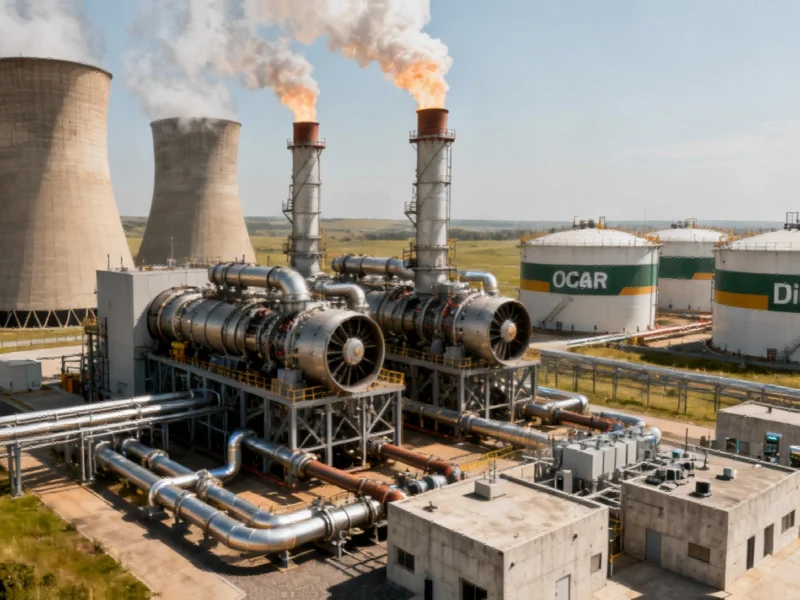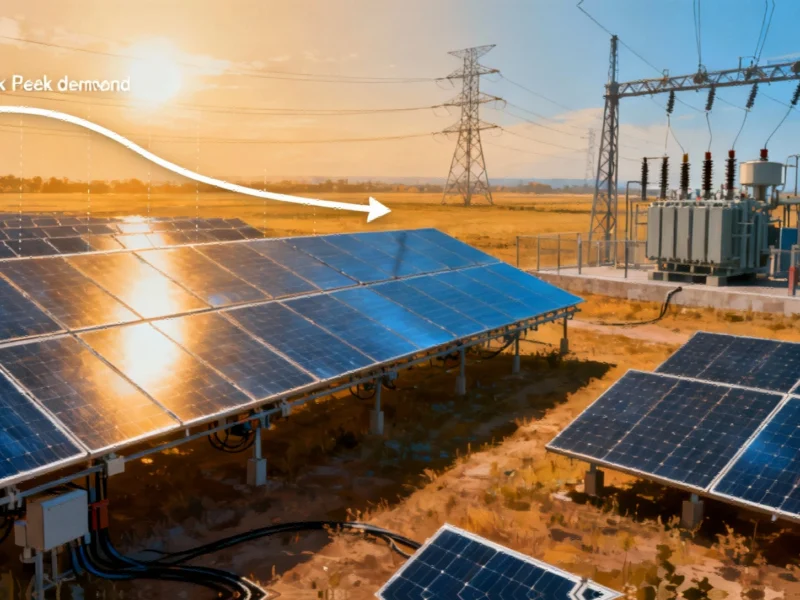Eskom’s Continued Diesel Dependency Despite Loadshedding Improvement
Despite experiencing just four days of rolling blackouts during the first half of the 2025/26 financial year, South Africa’s power utility Eskom reportedly generated more than 1,000 gigawatt-hours of electricity using its diesel-powered open-cycle gas turbines, according to recent reports. This continued reliance on expensive generation methods comes even as the utility has made significant progress in reducing loadshedding compared to previous years.
Cost Disparity Between Diesel and Coal Generation
Sources indicate that diesel fuel remains one of the most expensive methods for electricity production. According to Eskom’s latest integrated report, generating one megawatt-hour with an OCGT costs approximately R6,084, compared to just R546 for coal-based generation. This represents more than an eleven-fold cost difference between the two generation methods.
Historical Context and Financial Impact
Analysts suggest the current diesel usage represents a significant reduction from peak periods. During South Africa’s worst year of loadshedding, reports indicate Eskom’s OCGTs produced over 3,600 GWh, costing the utility R23.9-billion in diesel expenses during the 2023/24 financial year. The current consumption, while lower, still represents substantial operational costs for the financially strained utility.
Strategic Use of OCGTs for Grid Stability
Eskom explains that its continued use of OCGTs is “aimed at maintaining system stability rather than sustaining prolonged generation shortfalls,” according to official statements. The utility maintains that these turbines serve a crucial role in managing temporary spikes in electricity demand and addressing delays when returning units to service after planned maintenance.
Broader Energy Sector Context
The ongoing challenges at Eskom occur alongside significant developments in the global energy sector, including recent changes in semiconductor ownership, expansion of AI cloud infrastructure, and international tensions surrounding critical mineral resources. Meanwhile, technological advancements continue across sectors, with breakthroughs in medical treatment and reflections on transformative AI developments shaping the global landscape.
Operational Rationale and Future Outlook
The utility’s operational data, including recent performance metrics shared publicly, suggests that strategic deployment of OCGTs forms part of Eskom’s broader system stability measures. While the cost differential remains substantial, analysts suggest the temporary use of diesel generation helps prevent more widespread loadshedding and supports the gradual improvement of South Africa’s power availability.
This article aggregates information from publicly available sources. All trademarks and copyrights belong to their respective owners.



